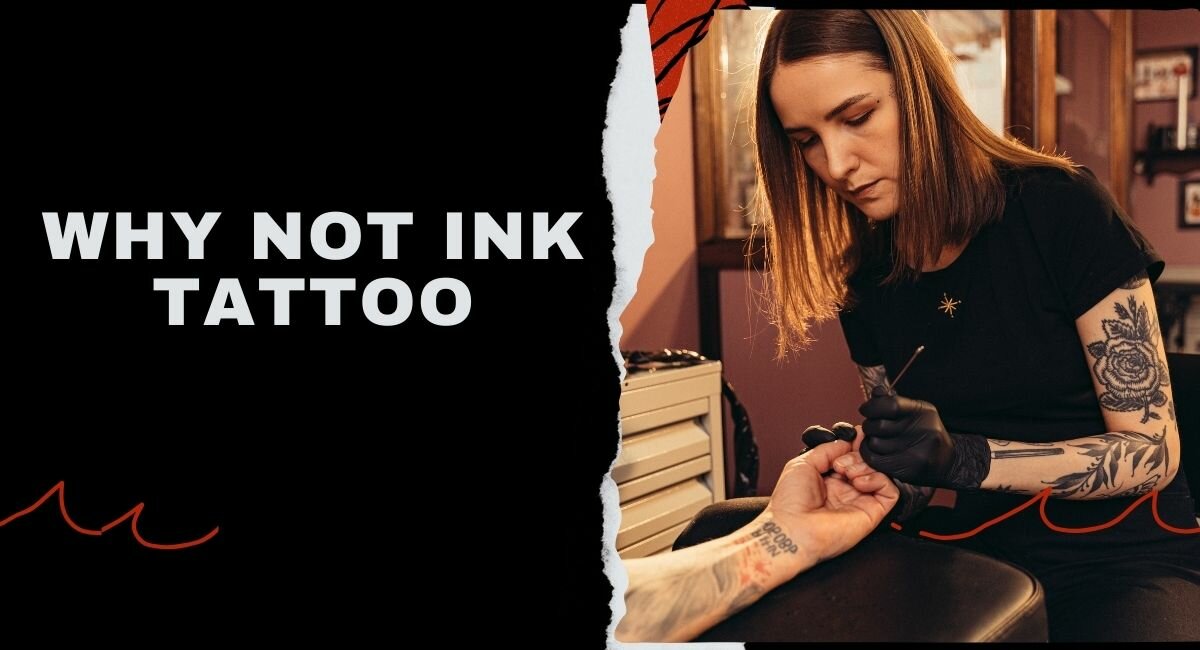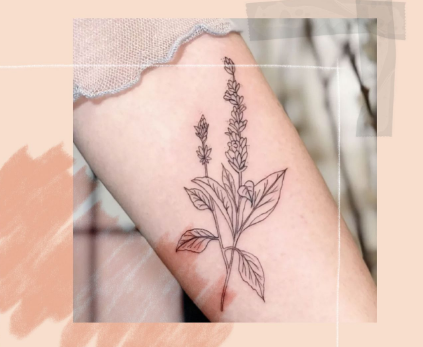All about the history of tattooing! It is impossible to deny that tattoos today are a success worldwide. Brazilians have grown to love it so much that its market alone grew by 27% in 2017—a surprising fact if we consider the crisis that affected many other businesses.
Despite being “new” to some, the story behind tattoos is much older than you might imagine. There are records of the practice since 3000 years before Christ.
They are different stories that pass through different people with their cultures. These tattoos had a meaning for each of them, as symbols of masculinity and even to mark criminals. The purpose of this article is to discuss the history of tattooing until today.
When was the tattoo first registered?
The first records are dated between 3370 and 3100 BC. When a human fossil called the Mummy of the Similaun was found, it contained 61 tattoos. The places on his body where he had tattoos coincided with points used in acupuncture—relating the practice of ancestral healing from drawings marked on the skin.
Many other mummies with tattoos were found worldwide, demonstrating that the practice was relatively common and had emerged globally, where each location had its context.
In ancient Egypt, around 3100 BC, women were “marked” with tattoos. The intention was to show that they were from the king’s harem or would undergo rituals. Pregnant women were also tattooed; it was believed that the designs on their thighs, abdomen, and chest protected the baby, making the delivery occur safely.
These tattoos were made from bones-built instruments, and vegetable ink was used in the application. Only the most superficial layer of the skin was painted, in a process that today resembles the Stick and Poke Tattoo.
The use of tattooing among the Romans
Although in most civilizations, tattooing represented something positive, such as strength or virility, the practice represented something very different among the Romans. At least in the beginning, every tattooed person was enslaved, a criminal, or a convict. The tattoo then served to mark these people so they would never be confused with ordinary citizens.
However, this scenario changed over the years, and the Roman army began using tattoos. The initial idea was to leave all soldiers marked to avoid possible deserters. However, the soldiers began tattooing themselves over time, symbolizing their courage and achievements in war.
This influence was given to the Britons and Celts, conquered by the Romans, and tattoos symbolized their patents and achievements on their bodies. In the 11th century, tattoos gained even more significance among the Romans during the crusades. Those with the cross tattooed on their body were entitled to be buried as Christians if they died in battle. However, ironically, it was precisely Christianity that condemned tattooing as a desecration of the body. So, during the Catholic Inquisition, tattoos were banned across Europe.
Tattooing in the Eastern World
In China, tattoos were seen in a very marginalized way, including as something unwanted and a desecration of the body. It was also used to mark criminals who would go into exile. The practice began to be used by criminals who started to create their designs.
Some smaller groups in China used tattooing according to their culture. The ethnic group that lived on the outskirts of Dulong, for example, believed that by tattooing their women’s faces, they could prevent possible rapes by invaders. This tradition remained long, even after such groups no longer existed.
Other groups used drawings to mark the passage of adult life. Thus, 13 and 14-year-old boys and girls were tattooed. While the girls received tattoos on their hands, arms, and a small part of their eyebrows, the boys received tattoos of dragons, tigers, or any other animal that could demonstrate their masculinity.
In Japan, the technique was very stigmatized by historical events that marked the country. Initially, they were used, as well as in China, to mark criminals. It was a punishment for his crimes and a marking for exile. A fact that was softened during the Tokugawa era when the resistance began to use symbols representing their struggle against the repression that occurred at the time.
However, the tattoo was again marked by something harmful to the country. The Yakuza mafia, which caused many deaths, used tattoos to mark their associates. This was taken for generations by the Japanese, who even today have a lot of prejudice towards art.
The techniques used during the history of tattooing
It’s a fact that we didn’t always have the equipment available to make tattoos like we have today. Before the invention of any tattoo machine, procedures consisted of piercing the skin using pointed instruments. Thus, the tattooist made, point by point, the shape of the intended design. In Japan, for example, bamboo was thinned and used.
As for the Pacific, you probably wouldn’t feel too good getting a tattoo. That’s because it was made with an instrument used to hit and an instrument made of reasonably pointed bone to replace our needle. Thus, the bone was beaten into the person’s skin, and nutmeg charcoal was rubbed over the wound.
The history of tattooing and its machines had changed since the 19th century when the first tattoo machine was created. It was an adaptation of Thomas Edison’s machine to copy documents.
Samuel O’Reilly created the rotary machine, in which a pedal could give the speed. Still later, hydraulic coil machines were created and are widely used today. But in the 2000s, Carson Hill launched the pneumatic machine, which must be a trend. It can be gas-powered and has a much simpler sterilization process than all other machines.
The tattoo arrived in Brazil only in 1959 with the Danish Knud Harald Lucky Gregersen. His studio was in Santos, and his regulars were mainly sailors. The use of tattoos marks another group as a symbol of their causes. At the time, tattooing was not well regarded in the country, generally related to criminality or depravity. Unfortunately, even today, a group of people (much smaller than at the time) still think like that.
CONCLUSION
We could talk even more about the history of tattoos and various passages of humanity where tattoos would be present. But I believe I have gone through the most symbolic and important ones when we talk about its emergence. Nowadays, many people have tattoos, and the prejudices involved in art are lessened. Women present themselves as the public that most adopt the practice, with almost 60% of people tattooed in Brazil.
Did you like this content? Then share it with your friends and family, and help us spread the word. And keep reading our content.





